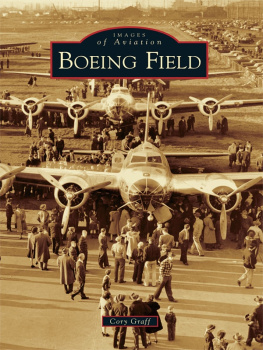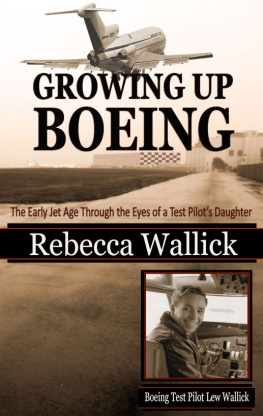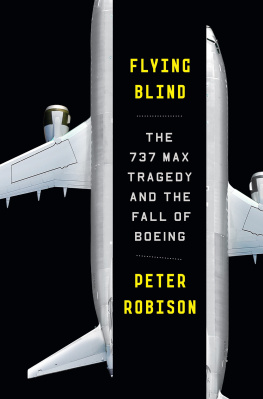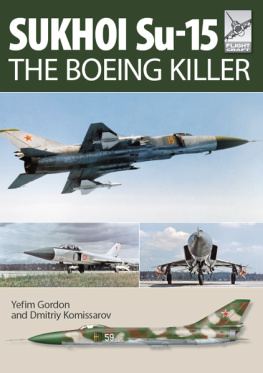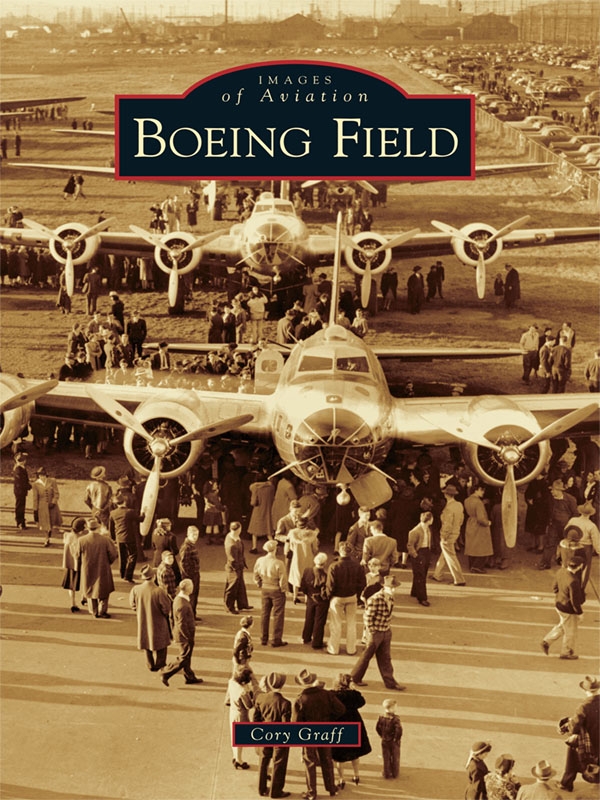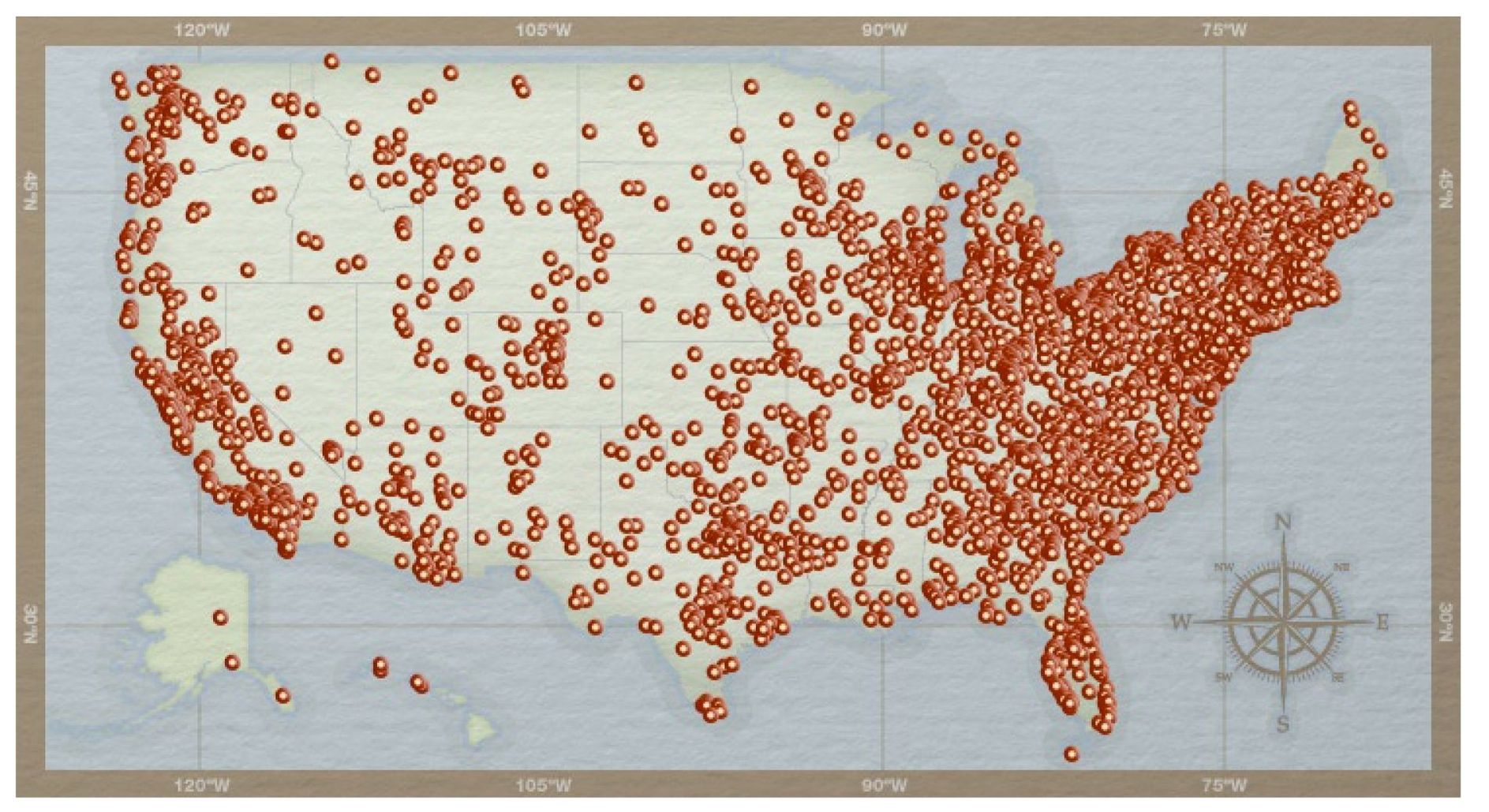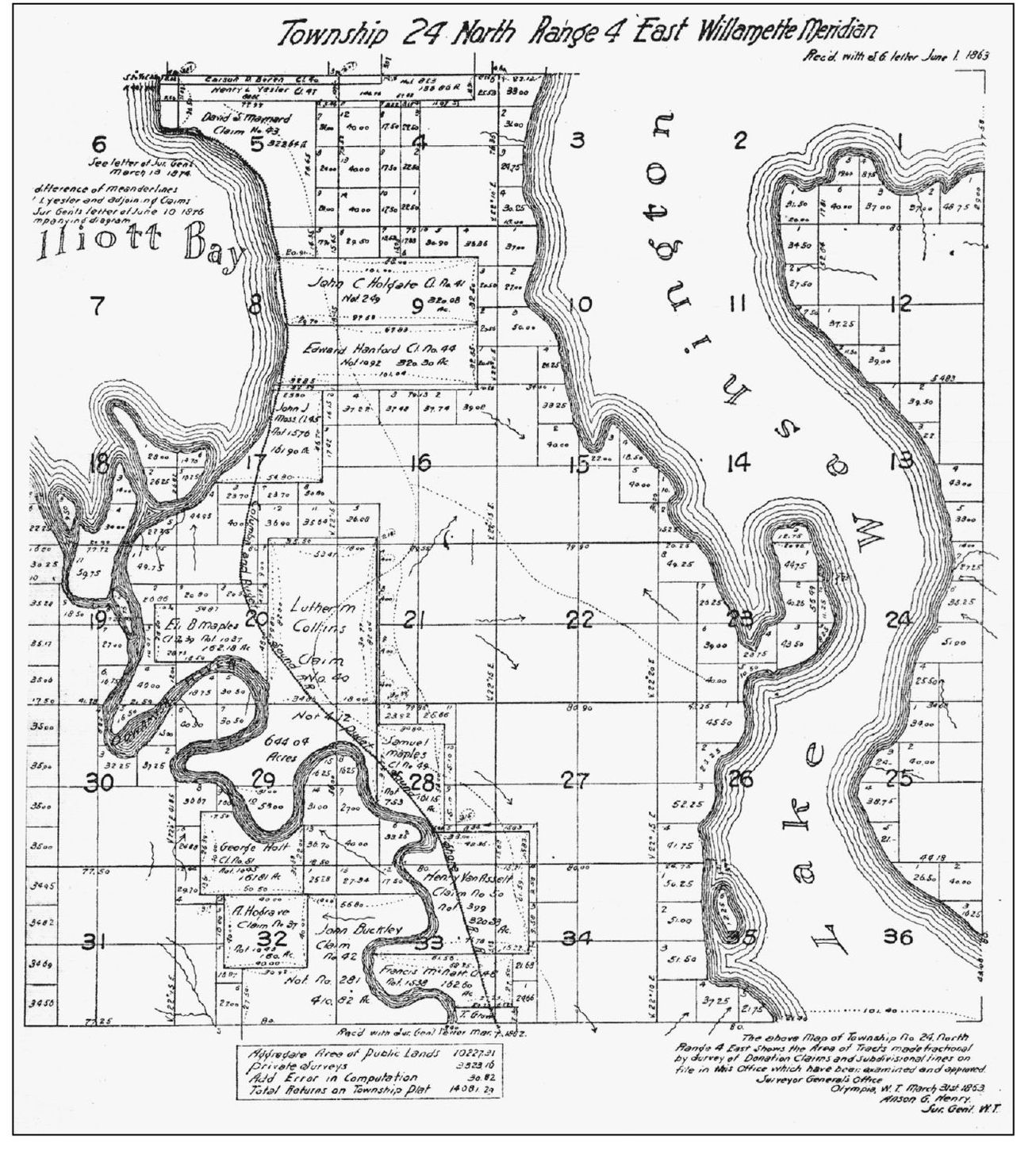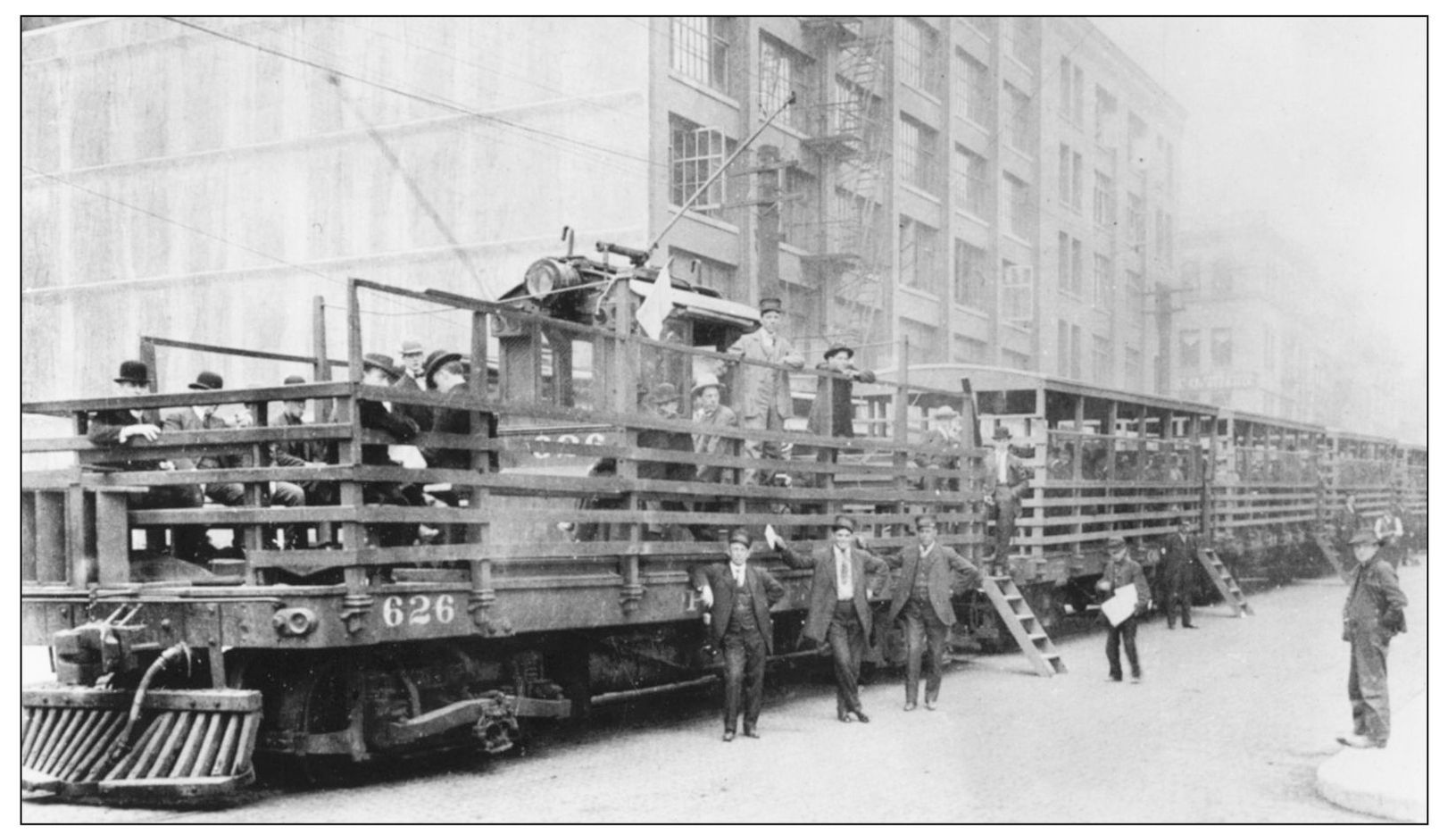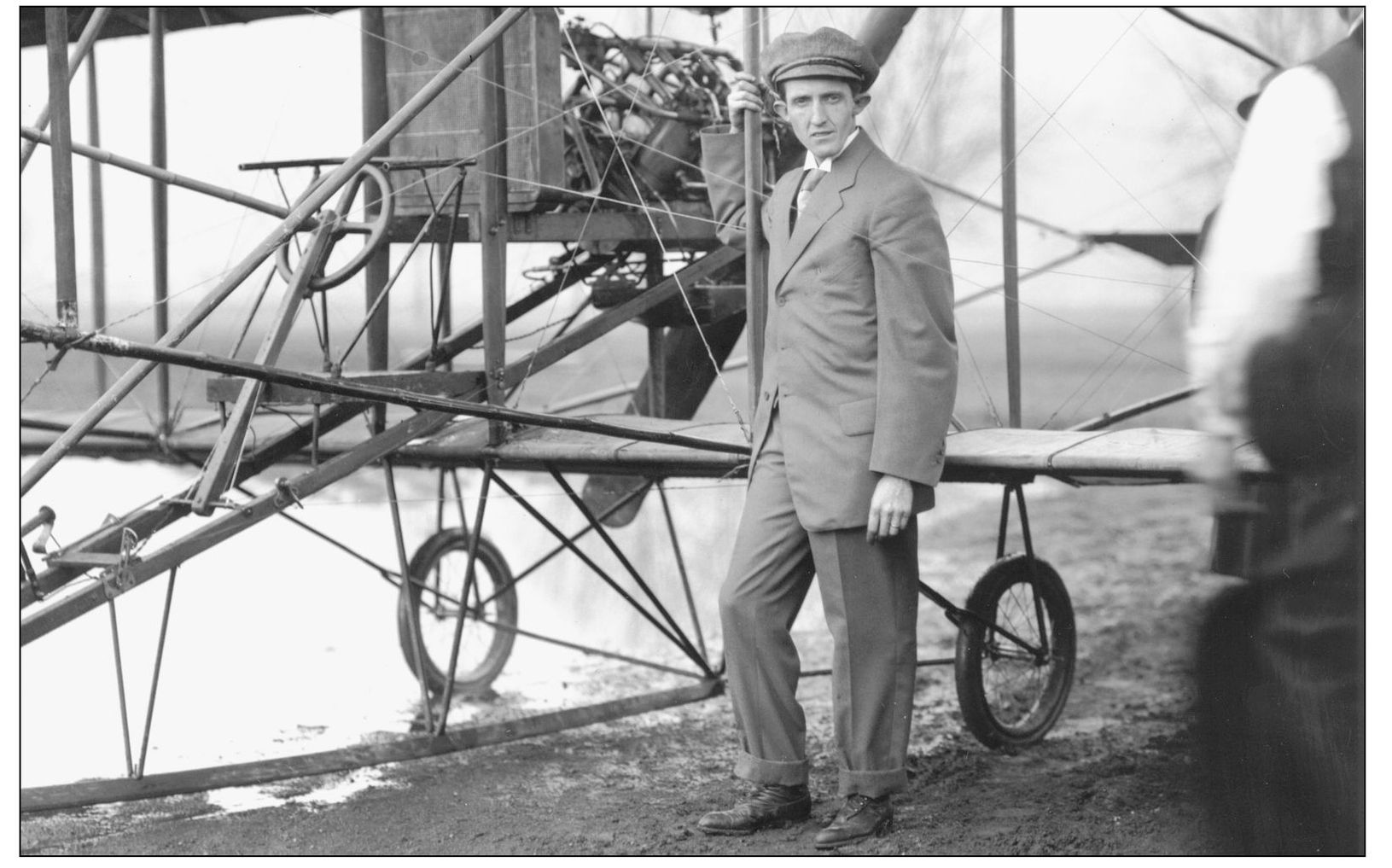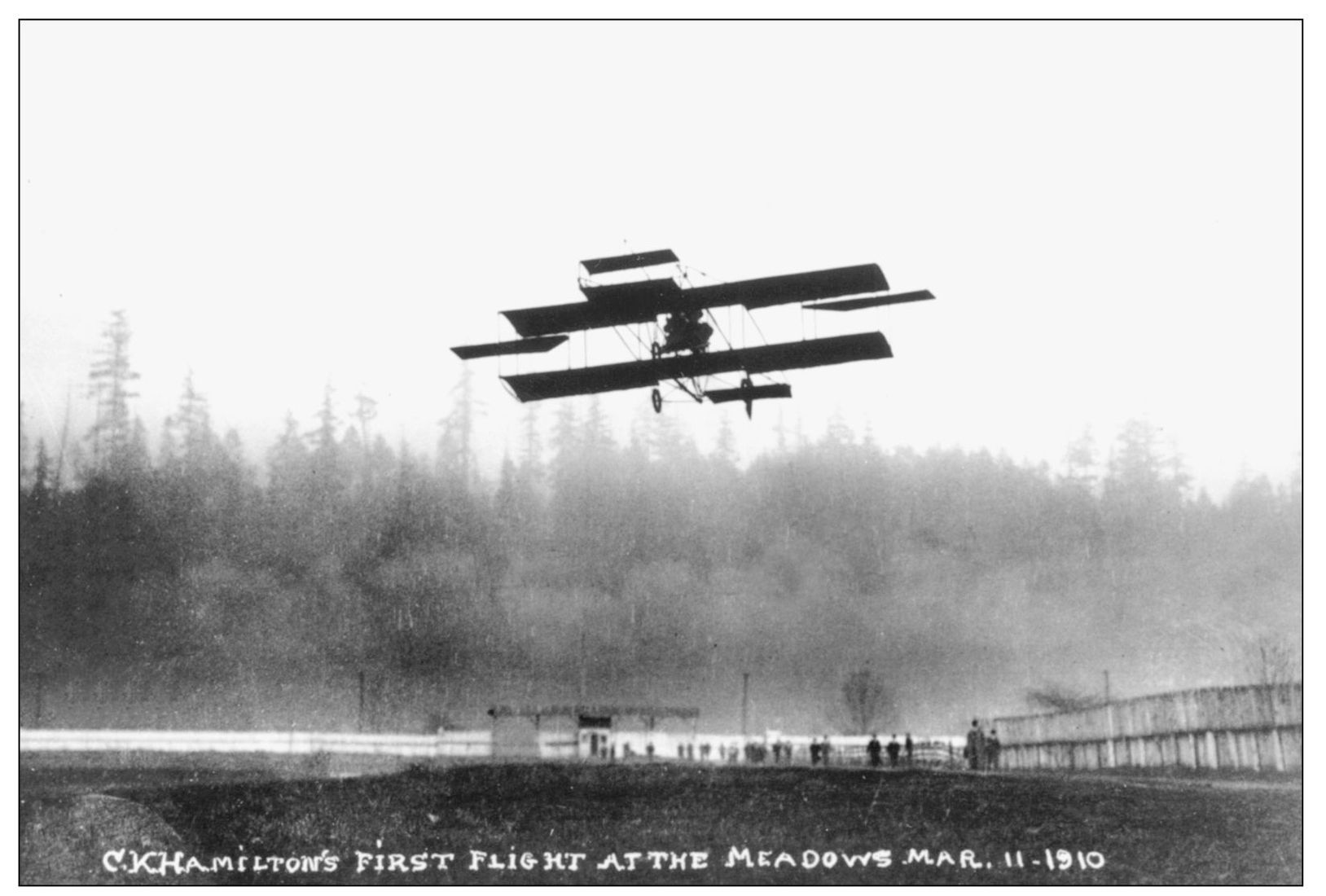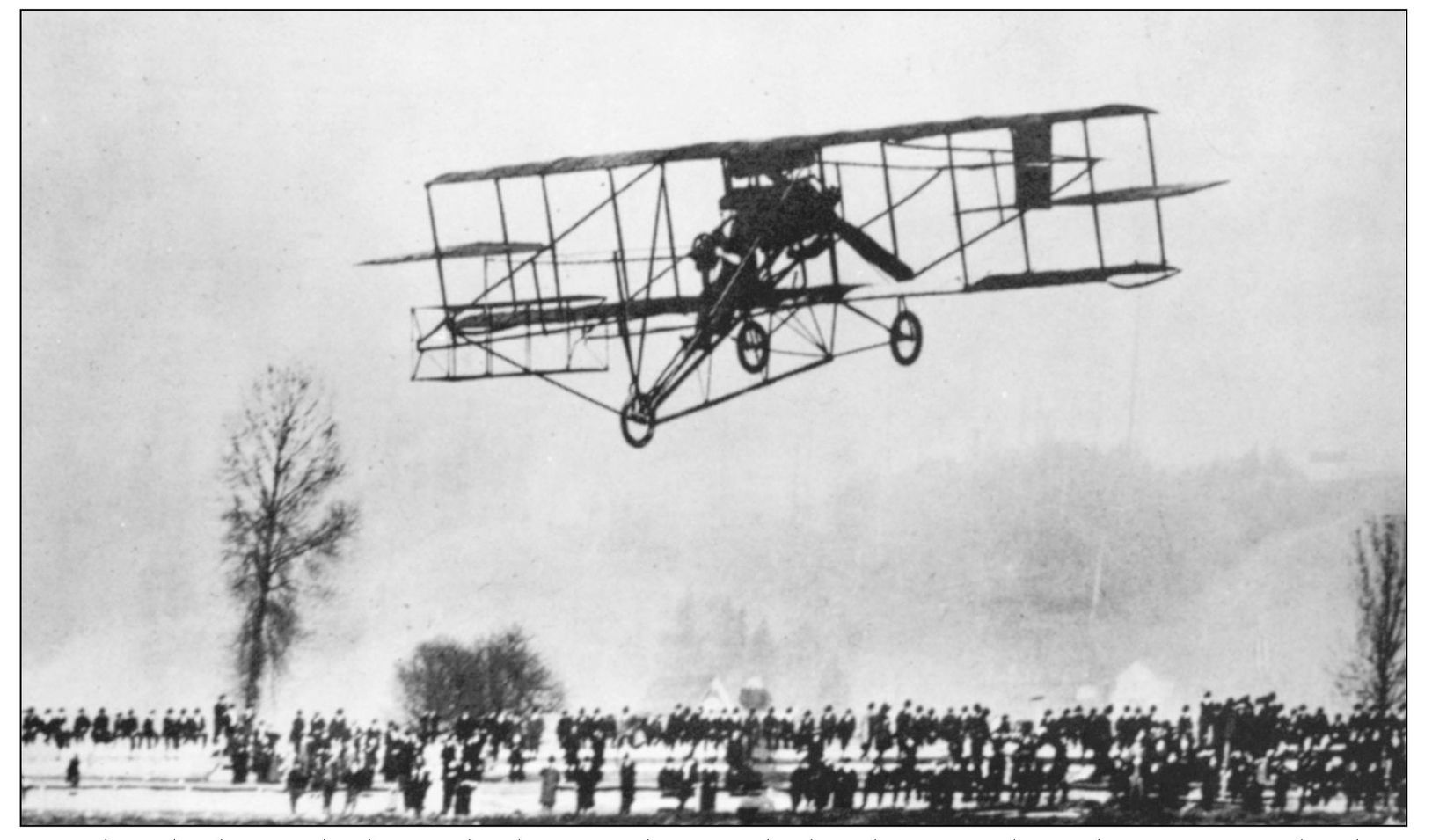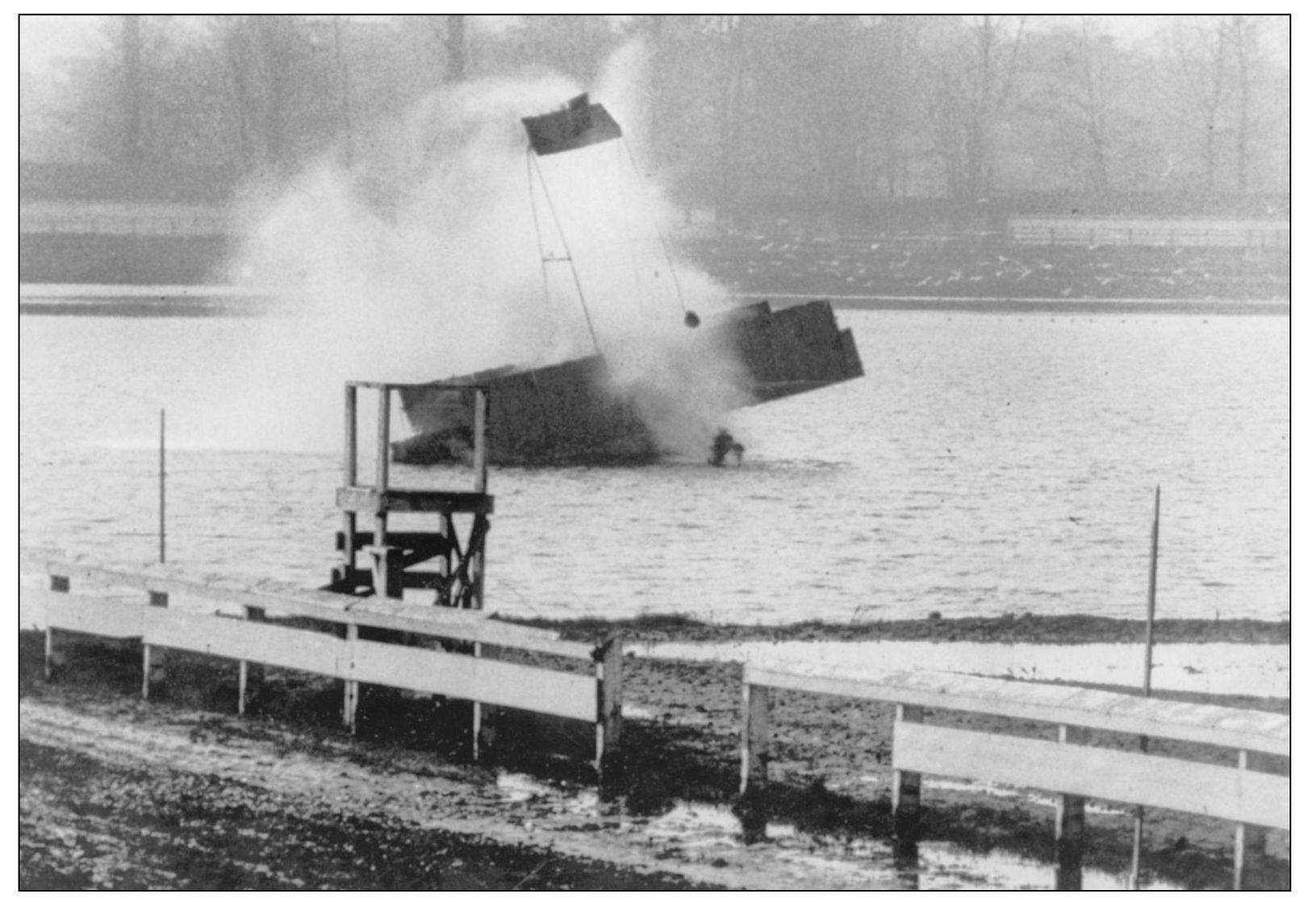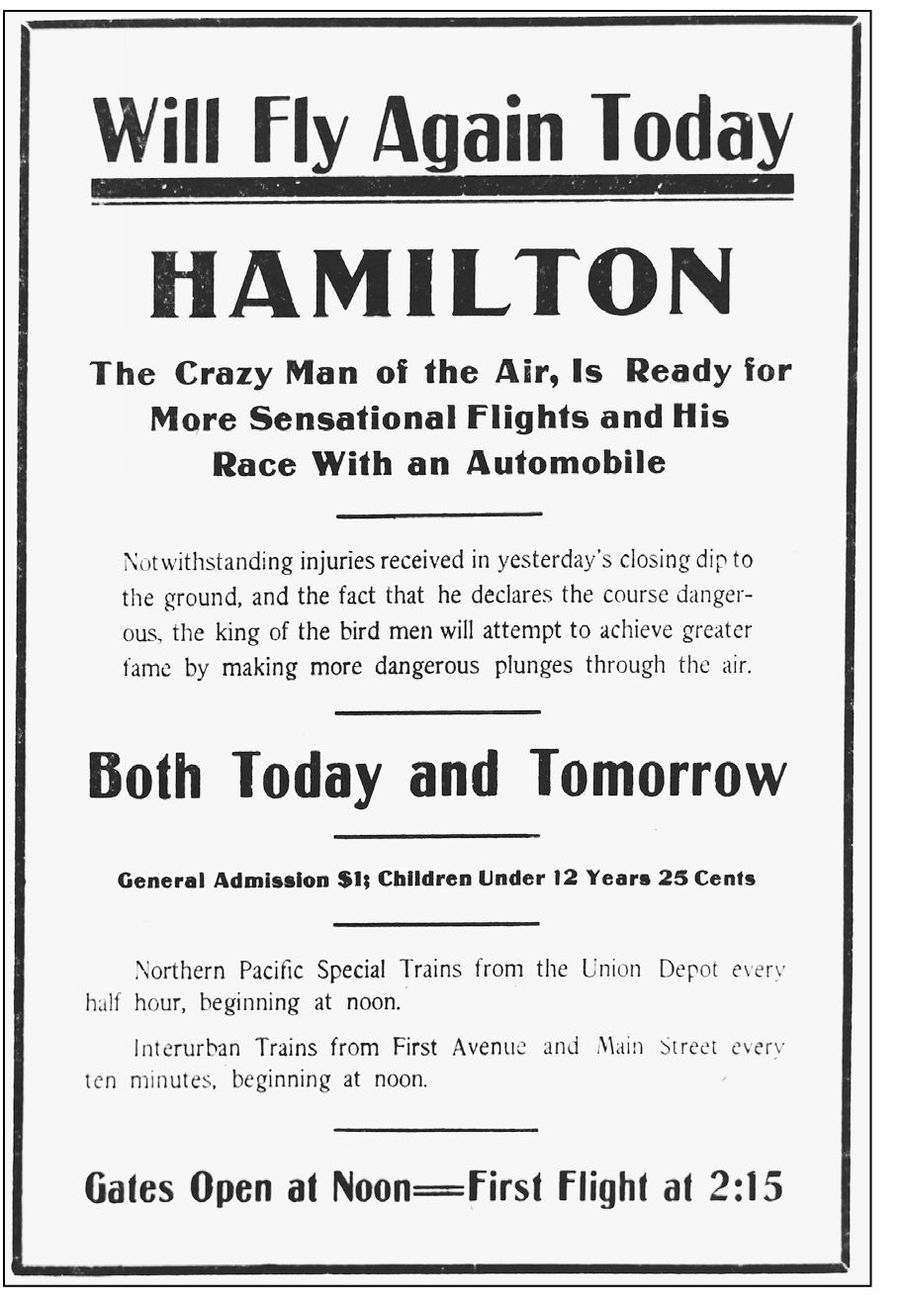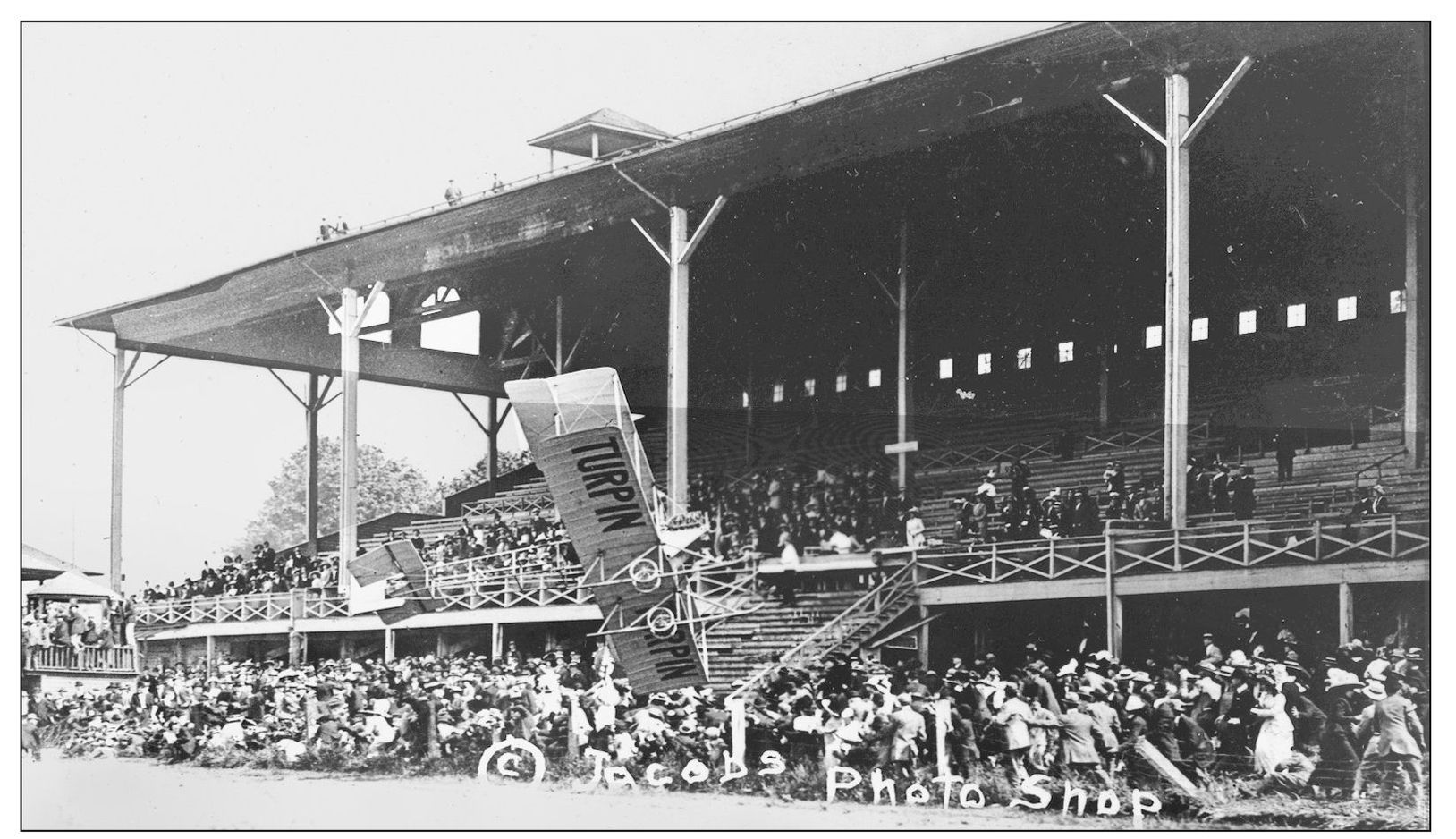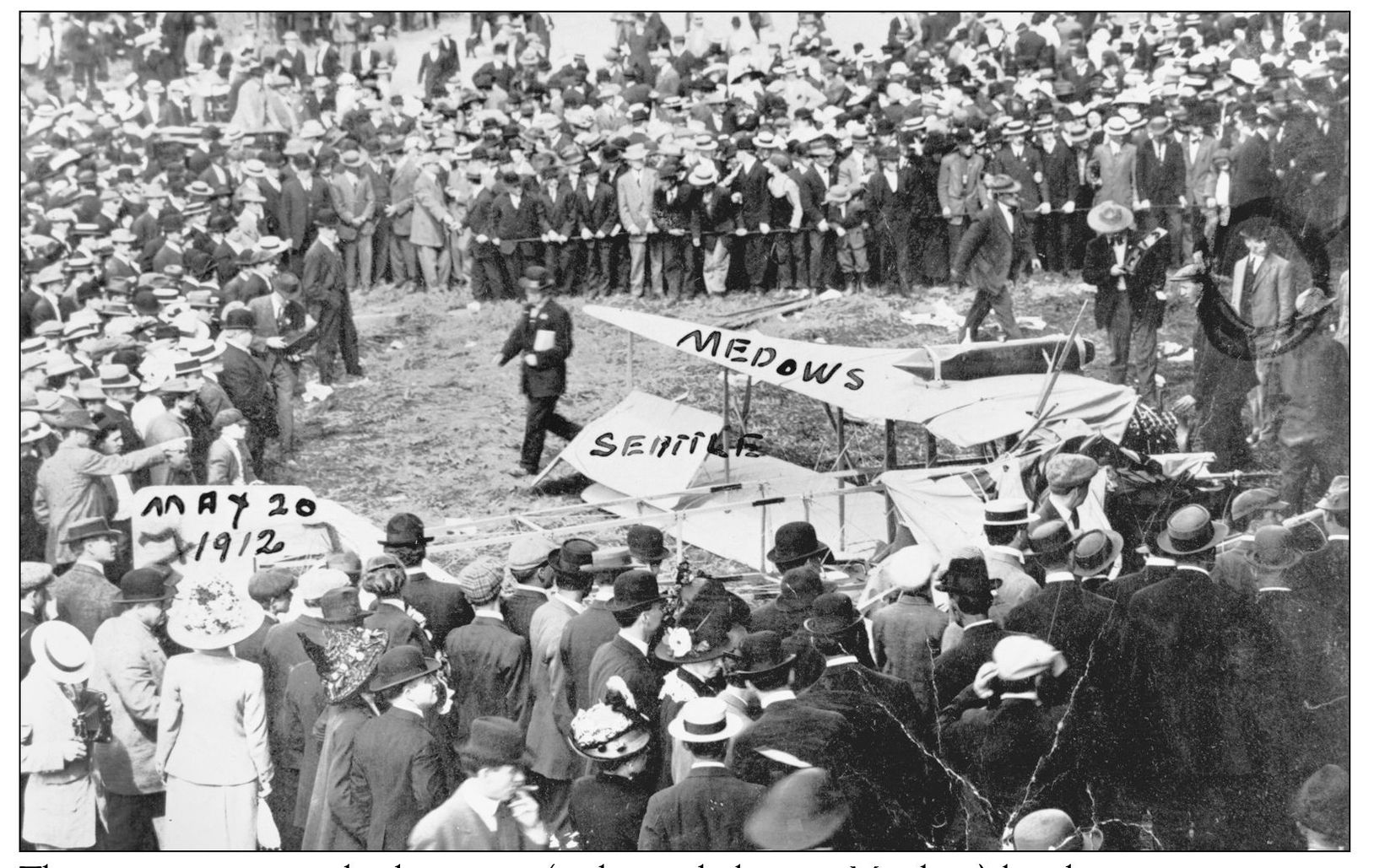One
THE BEGINNINGS
For thousands of years before settlers arrived, the Duwamish River meandered through a flat plain on its way to Elliott Bay in Puget Sound. The east boundary of present-day Boeing Field is located along the railroad line seen in quadrants 28 and 33 at the lower left-hand corner of this 1853 map. The Meadows Racetrack, built in 1902, was nestled in the large oxbow seen below the numeral 33. (The Museum of Flight.)
For years after the first settlement of the Duwamish River Valley, the area was a broad pastoral landscape dotted with simple homesteads and farms. Michael and Jane Kelly were among those who began farming in the rich soil deposited by the river. They came to the area in the early 1870s. This image of their homestead was taken in the 1890s. (Museum of History and Industry.)
The Meadows area was a resort with a whitewashed hotel, boardwalk, and a horse racing track that boasted a one-mile dirt oval and an elaborate grandstand for race fans. The four-legged racers and their jockeys seen in this 1902 photograph gave way to wheeled machines three years later when the track was host to automobile and motorcycle racesthe first in the Pacific Northwest. (Authors collection.)
Fans crowd onto cattle cars in downtown Seattle for a short trip down the rails to a day at the races. The Meadows horse races attracted thousands of spectators during the short summer season. When conditions were right, the Meadows was considered one of the fastest race venues in the country. The area south of the city of Seattle, beyond city limits and out of the reach of officials, was a haven for gambling, unregulated saloons, and brothels in the early 1900s. (Museum of History and Industry.)
Called the Crazy Man of the Air in Seattles newspapers, flyer Charles Hamilton drew a crowd of more than 20,000 at Meadows Racetrack in 1910. The price to see Hamiltons stunts, dives, and race with an automobile was $1 for adults and 25 for children under the age of 12. (Museum of History and Industry.)
Charles Hamilton and his Curtiss Reims Racer take to the skies on March 11, 1910. Interestingly, this first airplane flight in Washington State took place on the very spot where Boeing Fields runways would one day stand. (The Museum of Flight.)
Over hundreds of onlookers, Charles Hamilton guides his flying machine down to a safe landing on the dirt track in front of the Meadows grandstand. Note how the elevators, out in front of the aircraft, are canted upward to arrest the airplanes steep descent. (The Museum of Flight.)
Charles Hamiltons final show on the first day ended slightly early. During his patented dive, a maneuver that today would be called a stall, his Curtiss biplane splashed into the pond in the middle of the racetrack. Neither he nor his airplane were seriously hurt in the crash, but the airplanes engine would not start the following day. Hamilton came back on Monday and flew two free shows. (The Museum of Flight.)
After Charles Hamiltons crash, there was some doubt as to whether he would fly again, which, of course, was not good for business. Handbills and newspaper advertisements like this one appeared around Seattle to encourage people to go down to the Meadows for the show. In fact, the advertisement even seems to insinuate that the spectators might get to see another crash. (King County Archives.)
Some aerial exhibitions turned out worse than Charles Hamiltons crash. On May 29, 1912, J. Clifford Cliff Turpin lost control of his biplane and careened into the Meadows Racetrack grandstand. Here the aircraft is photographed moments before the collision as the crowd scatters. Turpin was unhurt, but the crash killed one spectator and injured 21 others. After this accident and the death of his exhibition partner just three days later, Turpin gave up flying for good to sell Glide automobiles for the Bartholomew Motor Car Company. (The Museum of Flight.)
The caption writer got the date wrong (and missed a letter in Meadows), but this interesting image shows the crowds circling what is left of Cliff Turpins smashed Fowler Gage tractor airplane after it fell out of the air in May 1912. The crash brought about Seattles first aviation fatalitya spectator at the air show. (Museum of History and Industry.)

